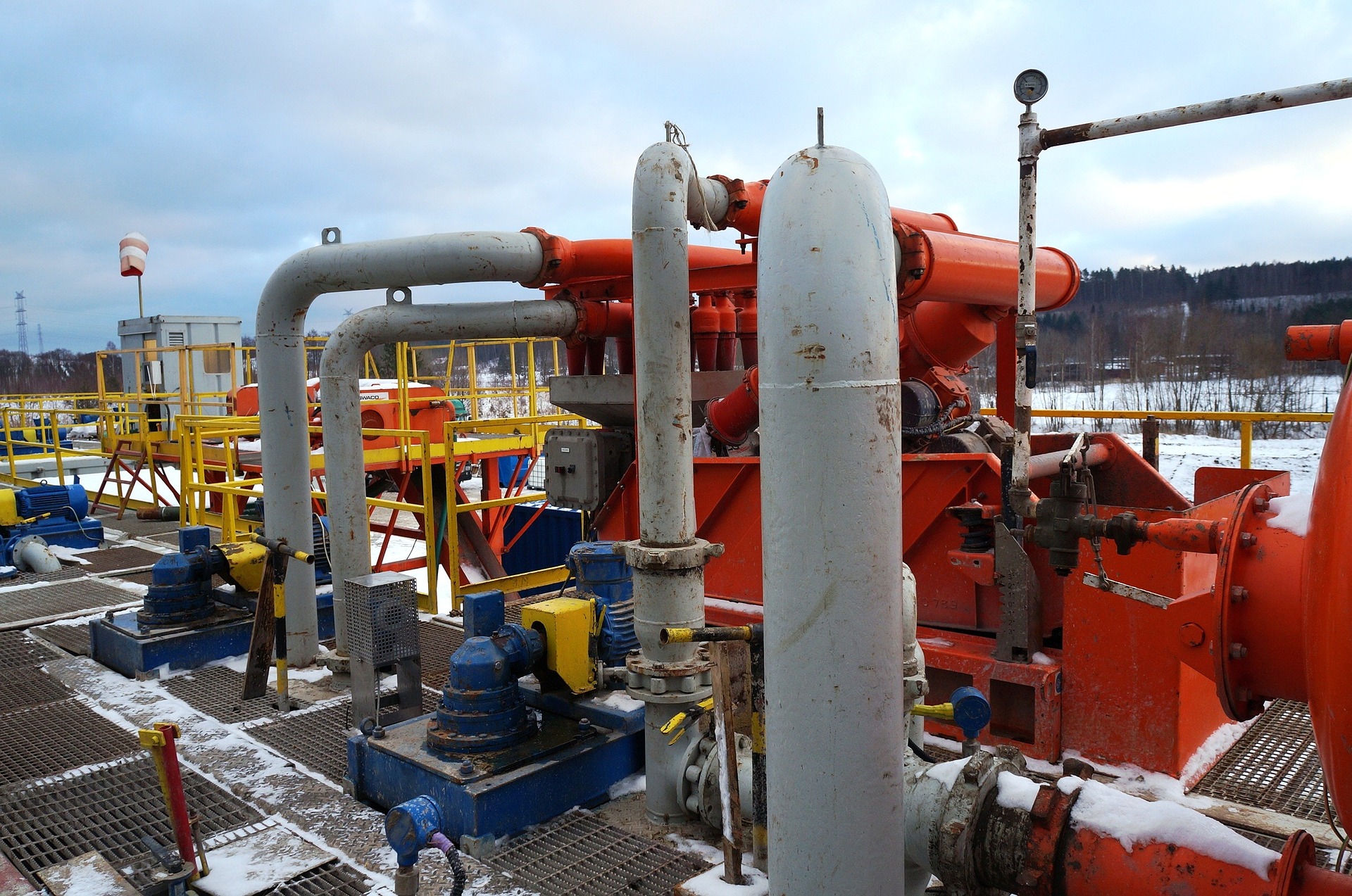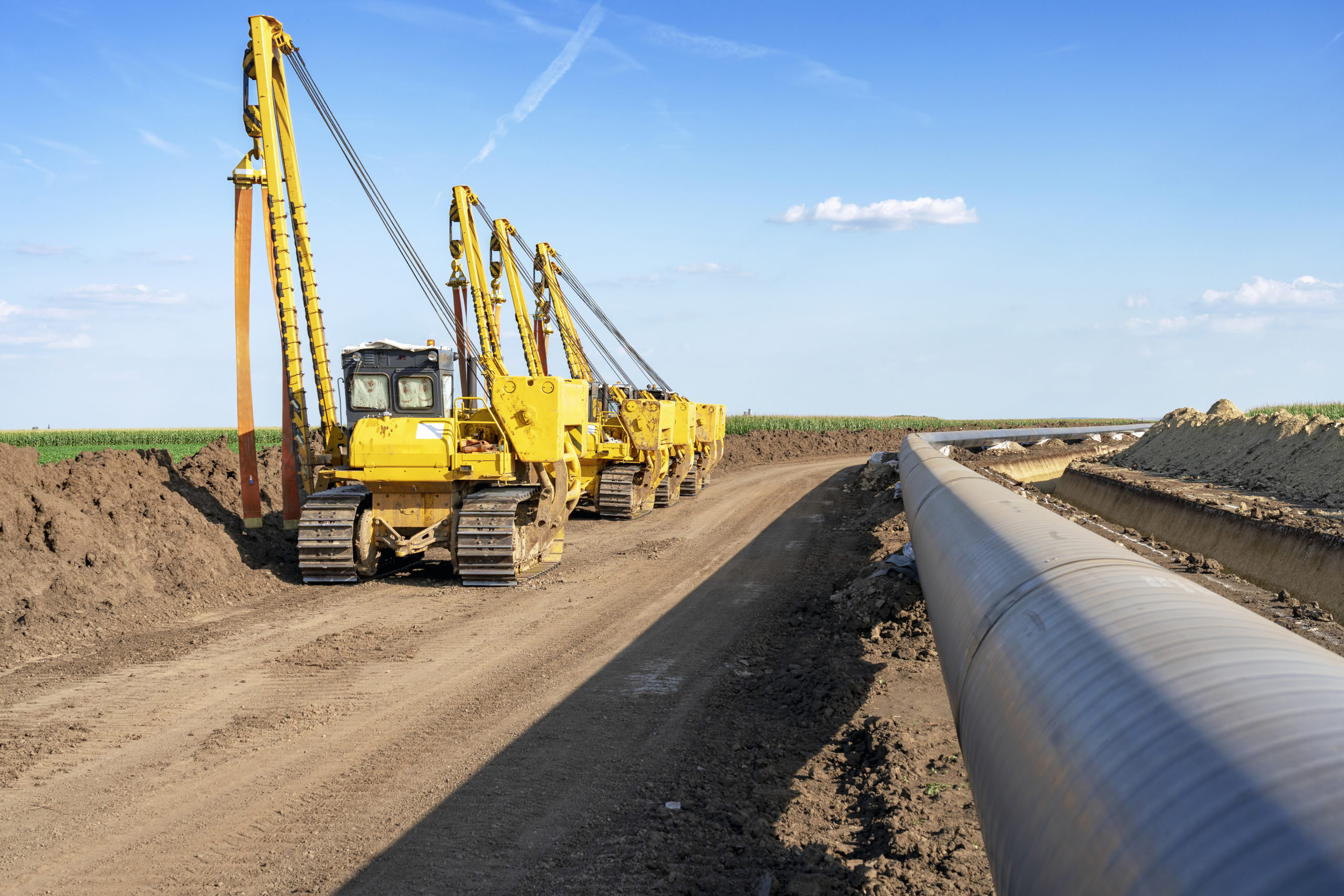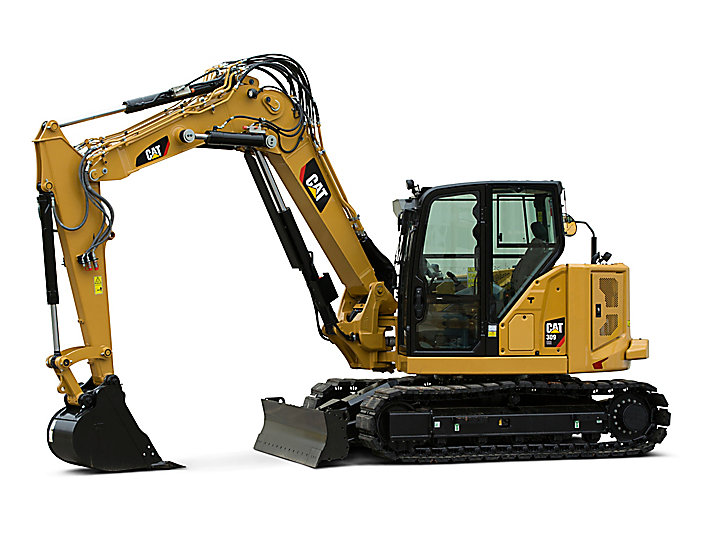All Concerning Oil Field Equipment and Pipeline Equipment: Key Insights and Crucial Information
Oil field equipment and pipeline systems play a crucial role in the oil and gas market. They are crucial for the effective extraction and transport of hydrocarbons. Trick elements, such as piercing rigs and storage space tanks, directly effect operational success. Advancements in modern technology pledge to boost security and efficiency. Comprehending these aspects is important for any person entailed in or interested in this complicated sector, as it sets the phase for deeper expedition of market techniques.

Overview of Oil Field Equipment
As the need for oil remains to grow, understanding the devices made use of in oil fields ends up being significantly vital. Oil field equipment incorporates a large range of equipment and tools important for expedition, extraction, and processing. Trick parts include piercing rigs, which are critical for reaching oil storage tanks, and manufacturing tools, such as separators and pumps, that facilitate the removal process. Superior rentals squeeze tools. In addition, storage space containers play a substantial duty in holding crude oil before transportation. Security tools, consisting of blowout preventers and stress evaluates, guarantees functional security and effectiveness. Each tool functions cohesively to enhance manufacturing and keep efficient workflow. Knowledge with this devices is essential for experts in the market to assure successful operations and adherence to security criteria
Sorts Of Drilling Rigs and Their Applications
Drilling rigs serve as the backbone of oil extraction operations, with different kinds designed for certain geological conditions and operational demands. The most usual kinds include rotating drilling rigs, which utilize a turning drill bit to permeate the planet, and cable tool rigs, understood for their percussion exploration approach. For offshore procedures, jack-up rigs and semi-submersible rigs offer stability and support in marine settings. Furthermore, directional boring rigs make it possible for drivers to pierce at angles, reaching down payments that are not vertically easily accessible. Each gear type has unique benefits, maximizing performance and safety and security based on the drilling environment. Choosing the ideal rig is crucial for making best use of source extraction while lessening ecological influence and functional prices.

Crucial Pipeline Equipment and Their Features
Pipeline facilities is vital for the transportation of oil and gas from extraction websites to refining facilities and end-users. Various essential equipment components promote this process. Pipes themselves work as the key channels, made to stand up to high pressure and corrosive substances. Pump terminals are important for maintaining circulation by boosting pressure along the pipeline. Shutoffs play an essential duty in managing circulation and separating sections for upkeep. Furthermore, installations and connectors assure protected joints between pipeline sections. Keeping track of systems, including circulation meters and pressure sensing units, are crucial for spotting leakages and enhancing circulation rates. Lastly, pigging tools is used for maintenance and cleansing, guarding pipeline stability and efficiency. Together, these components develop the backbone of a reputable pipeline system.
Advancements and Technologies in Oil and Gas Equipment

Safety and Maintenance Practices in the Oil Industry
While the oil market has actually made significant strides in technology and effectiveness, the significance of durable safety and maintenance practices can not be overemphasized. Reliable security procedures are important to safeguard workers and the atmosphere, reducing the risk of mishaps and spills. Regular evaluations and maintenance of tools assistance determine prospective issues before they intensify, ensuring functional stability. Training programs for staff members are vital, emphasizing the relevance of safety and security awareness and emergency action procedures. In addition, adherence to industry regulations and standards promotes a culture of safety and security. Implementing sophisticated monitoring innovations can better boost maintenance methods, permitting for real-time analyses of equipment conditions. Inevitably, prioritizing safety and security and upkeep is important to the sustainability and success of the oil sector.
Often Asked Concerns
What Are the Environmental Influences of Oil Field Equipment?
The ecological effects of oil field equipment consist of environment devastation, water contamination, and air contamination (Superior Oilfield Rentals oilfield). In addition, tools breakdown can cause spills, adversely affecting wild animals and ecological communities, highlighting the demand for strict laws and surveillance
How Is Oil Field Equipment Moved to Remote Locations?
Moving oil field equipment to remote locations commonly includes specialized lorries, helicopters, or barges. Logistics companies coordinate courses, ensuring equipment gets here safely and successfully, thinking about surface and availability to reduce delays and make the most of performance.
What Governing Standards Govern Oil Field Equipment?
Regulatory standards regulating oil field equipment largely consist of safety, environmental defense, and functional effectiveness guidelines. Agencies such as OSHA and EPA implement these laws to ensure risk-free techniques and reduce environmental influence in oil removal operations.
What Skills Are Required to Operate Oil Field Equipment?

How Do Oil Rates Influence Equipment Demand and Use?
Oil costs substantially influence devices need and use. Higher rates normally bring about raised exploration and manufacturing activities, driving need for equipment. On the other hand, reduced prices may result in lowered procedures and reduced need for equipment.